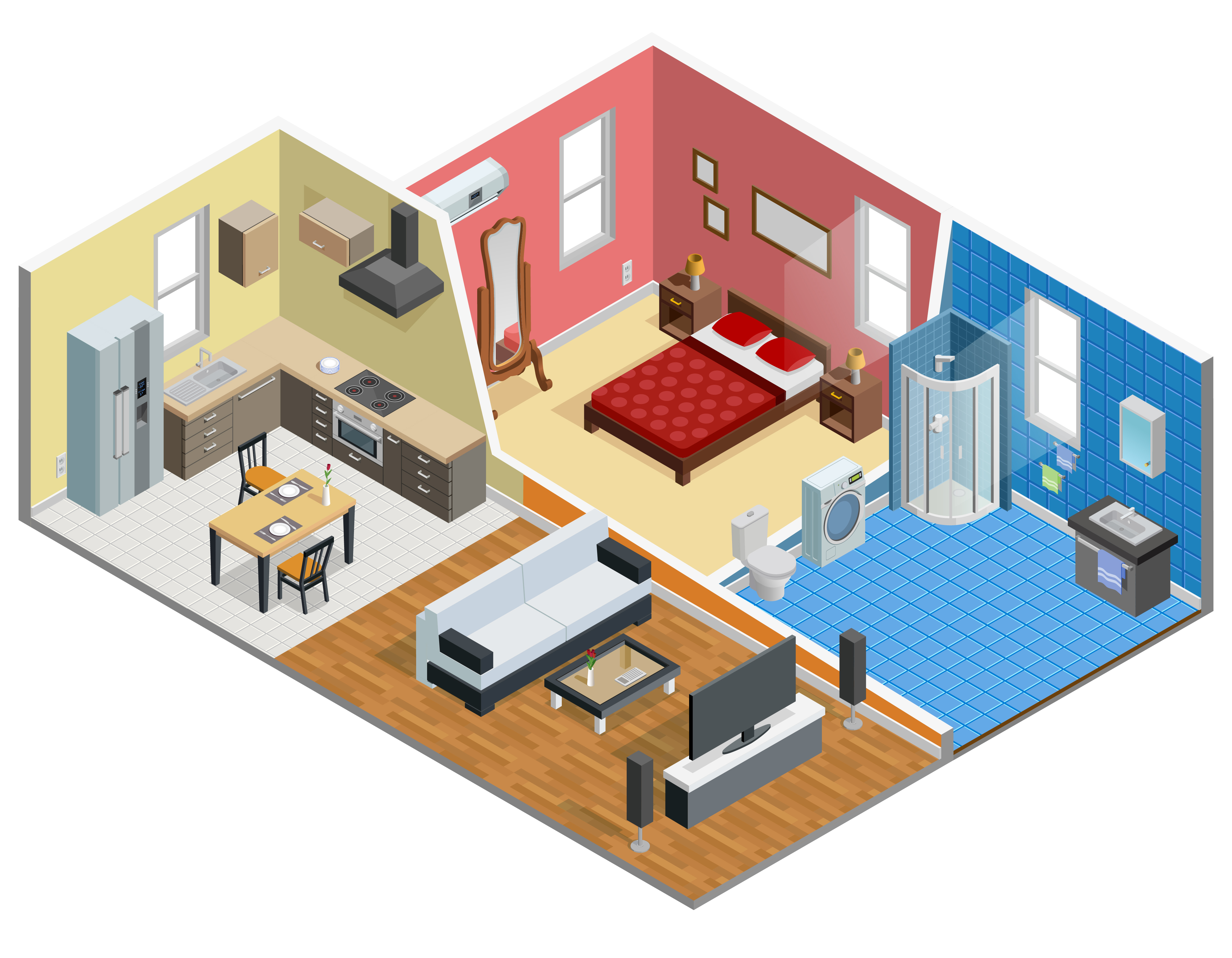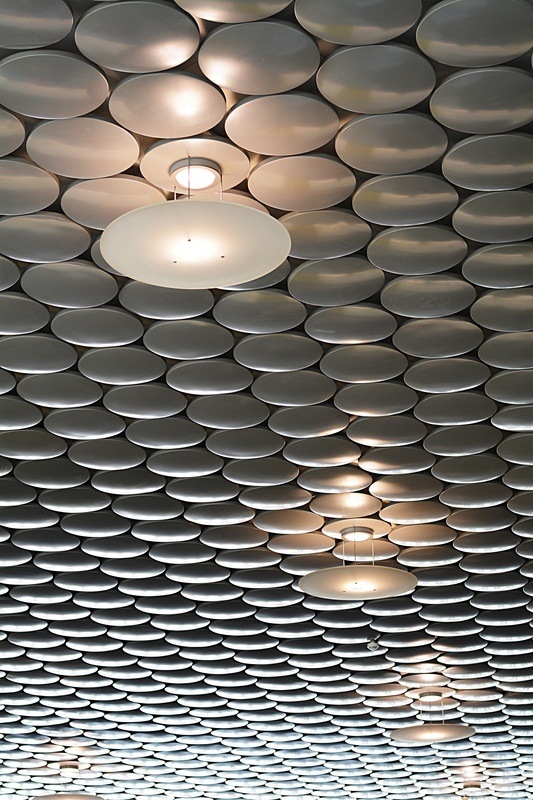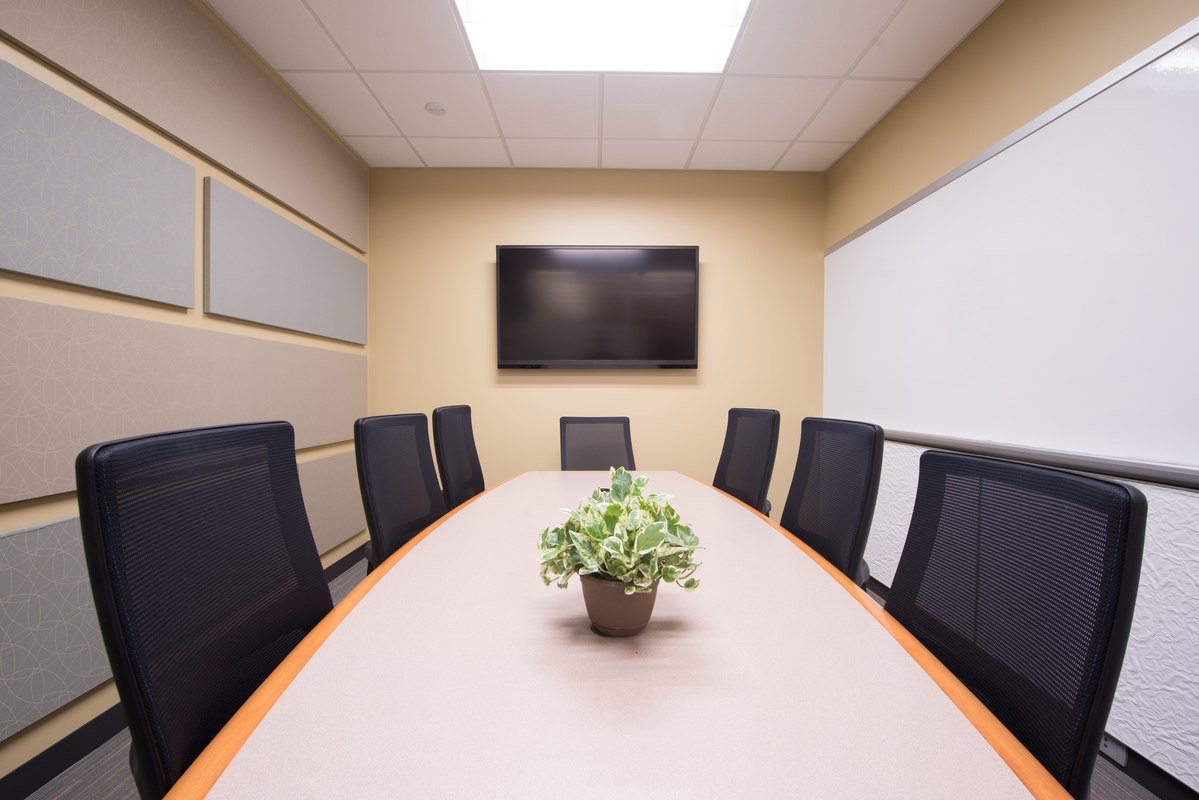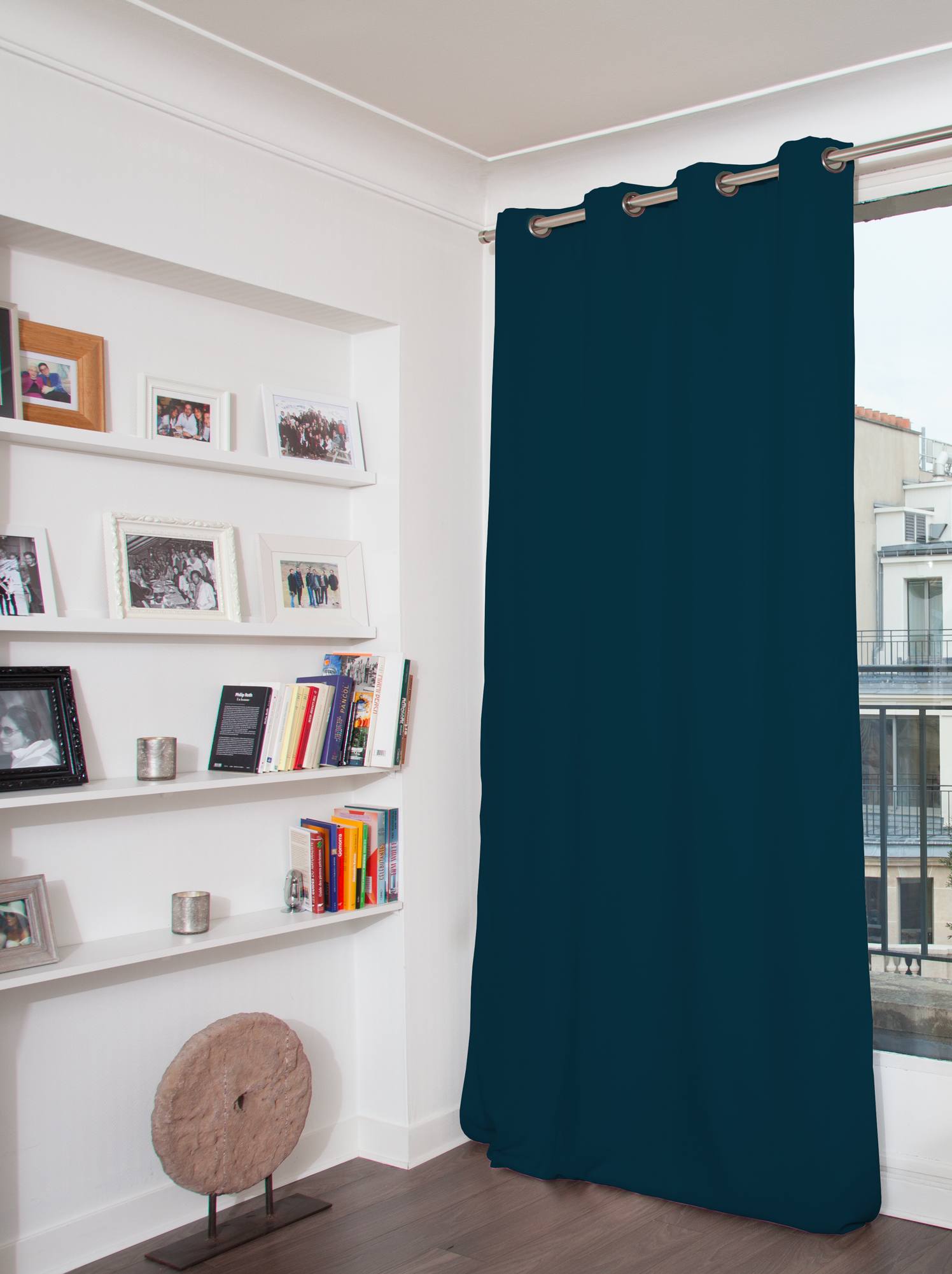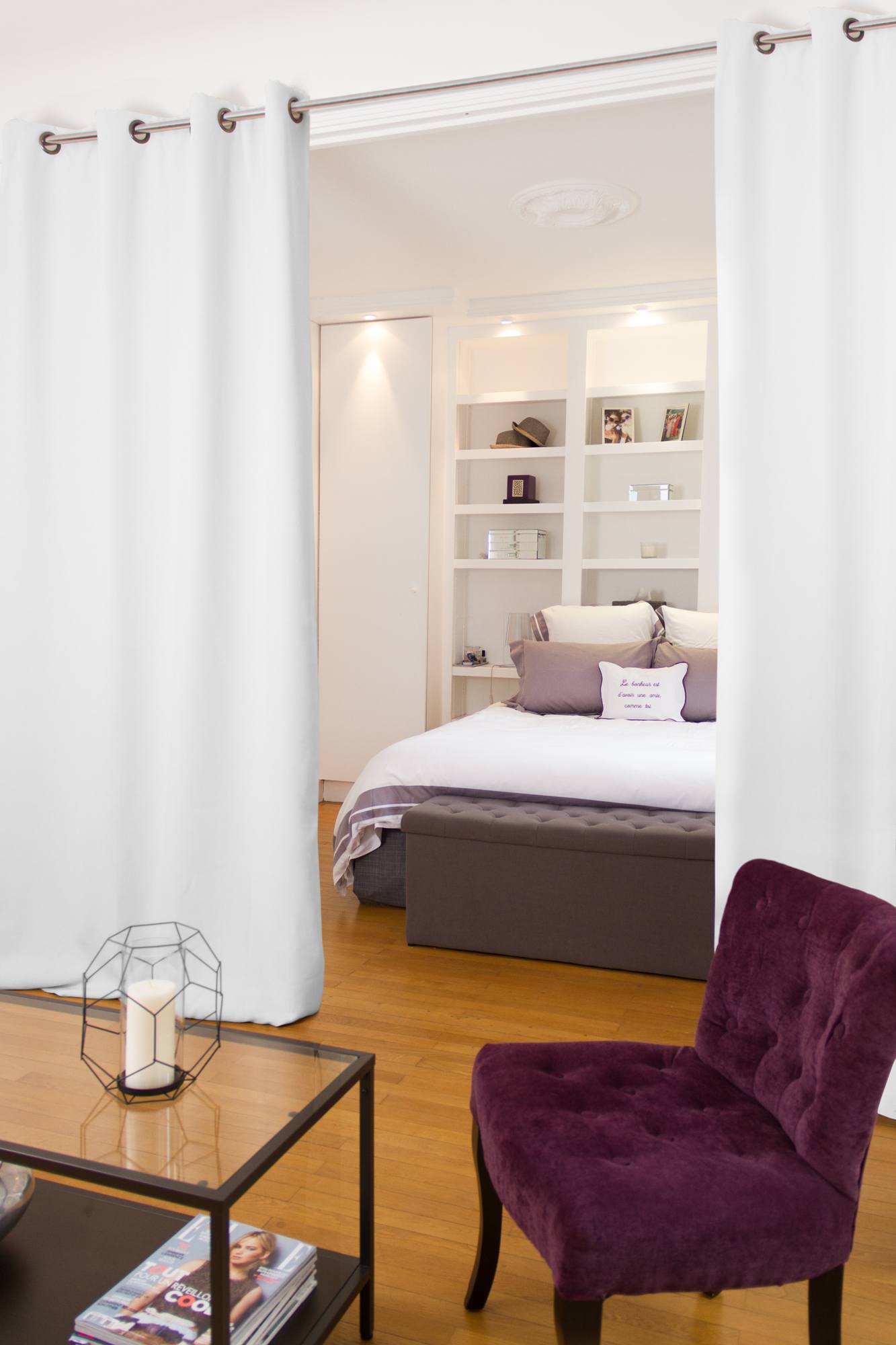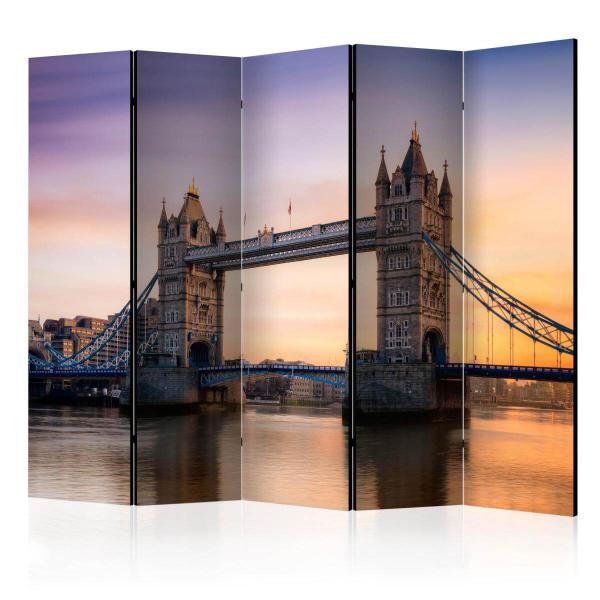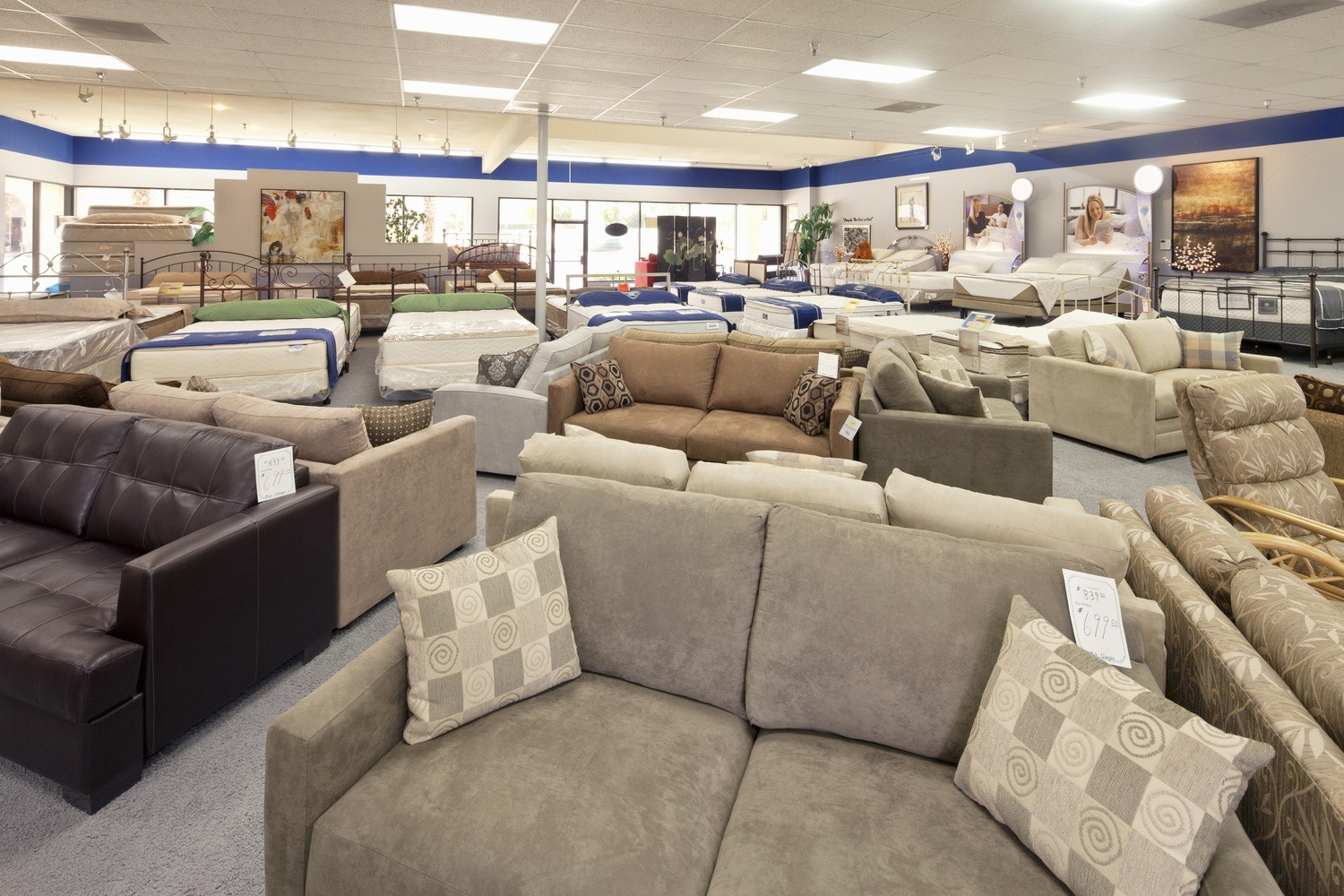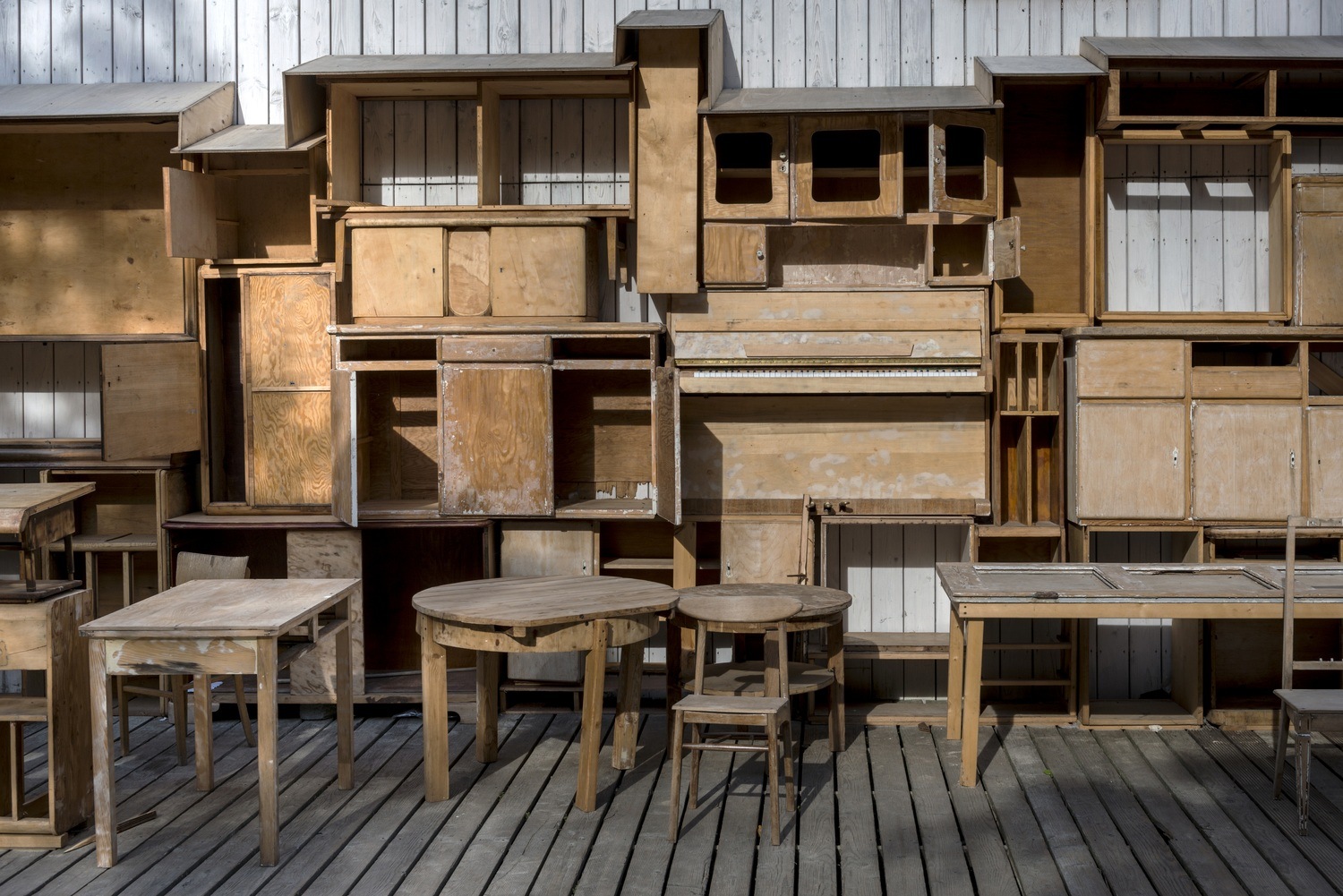How do you soundproof a room with sound absorbers?
Creating a pleasant sound environment involves reducing reverberation and dampening sound reflections, which makes the sound clearer and more balanced. By installing sound absorbers in strategic locations, you can effectively reduce disturbing noise, improve speech intelligibility, and create more harmonious acoustics. This is especially important in environments where sound comfort plays a crucial role, such as offices, restaurants, studios, schools, and home theater systems.
Sound problems can occur in all types of spaces, especially in rooms with hard surfaces where sound bounces freely between walls, floors, and ceilings. By placing sound absorbers on these surfaces, you can drastically improve the sound environment. Sound absorbers are available in a variety of materials and designs, such as acoustic panels, textile absorbers, and foam absorbers. The choice of solution depends on the size of the room, its use, and the type of sound that needs to be dampened. Often, a combination of several sound-absorbing solutions is required to achieve optimal effect.
Sound absorbers work by converting sound waves into heat energy, which reduces the amount of sound reflected in the room. They are placed on surfaces where sound waves bounce the most, such as walls, ceilings, and floors. This creates a more subdued and controlled acoustics that makes the room more comfortable to be in.
Advantages of installing sound absorbers on walls
Installing sound absorbers on walls is one of the most effective ways to reduce noise and create a more balanced sound environment. One of the biggest advantages is that they reduce reverberation and absorb sound waves, which helps to dampen the sound level in the room. This is particularly valuable in environments where background noise is disruptive, such as open-plan offices, meeting rooms, and training rooms.
Sound absorbers create a better working environment by reducing stress and improving concentration. Studies show that high noise levels have a negative impact on productivity and can lead to increased fatigue and irritation. By dampening sound and reducing distracting background noise, the working environment becomes more pleasant and focused.
Another major advantage is that sound absorbers improve sound quality by reducing echo and distortion. This is crucial in environments where sound reproduction is important, such as studios, conference rooms, and auditoriums. When sound is reflected less, speech and music become clearer, creating a better experience for everyone in the room.
Sound absorbers can also contribute to increased privacy by reducing sound transmission between rooms. In open-plan offices or shared workspaces, this can make a big difference by creating more secluded and concentration-friendly zones.
For those who want to combine function with aesthetics, sound absorbers are available in different colors, shapes, and materials, making it possible to adapt them to the room's interior design. They can be used as design elements and improve the room's visual expression while contributing to better acoustics.
Strategic placement of sound absorbers for maximum effect
To get the maximum effect from sound absorbers, it is important to place them in the right places. Walls are one of the most important surfaces to soundproof, especially if the room has hard materials such as glass, concrete, or tile. The ceiling is another critical surface, as sound can easily bounce upward and create a long reverberation. By installing sound absorbers on the ceiling, especially in environments with high ceilings, you can create a more balanced sound environment.
Placing sound absorbers on the floor can also have a positive effect. Carpets with sound-absorbing properties can reduce sound propagation and dampen footfall and movement noise. In rooms where furniture is used as sound absorbers, such as upholstered sofas and curtains, strategically placed sound absorbers can be added to further improve the acoustics.
Energy efficiency and cost savings
A more controlled sound environment can also lead to lower energy consumption. When reverberation and background noise are reduced, people in the room do not need to raise their voices to be heard, and technical equipment such as speakers and microphones can be used at lower volumes. This can lead to lower energy costs and more sustainable use of sound systems.
Summary
Soundproofing a room with sound absorbers is an effective solution for creating a more comfortable and functional sound environment. By reducing reverberation and sound reflections, you can improve the working environment, increase concentration, and create a calmer atmosphere. Sound absorbers can be placed on walls, ceilings, and floors and are available in different designs to suit different environments and needs. Whether it's an office, restaurant, home, or recording studio, the right choice and placement of sound absorbers can make a significant difference.





